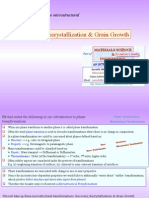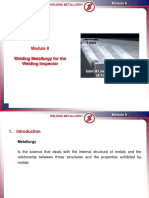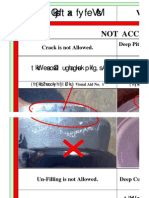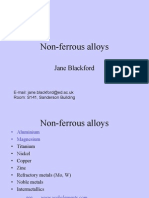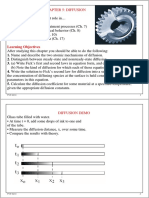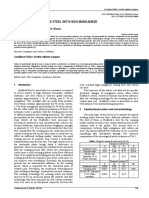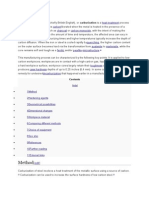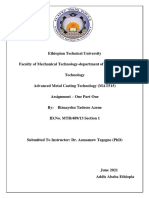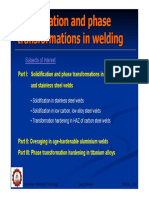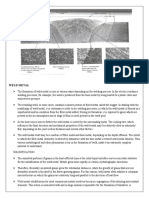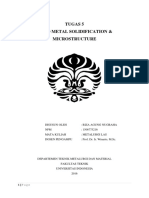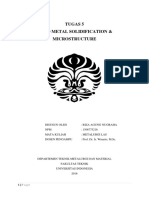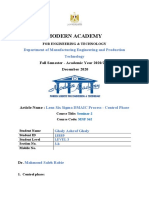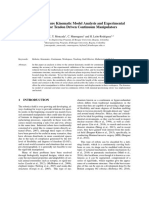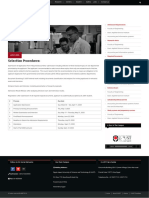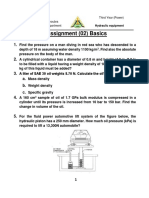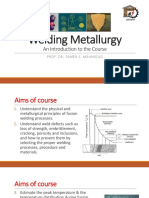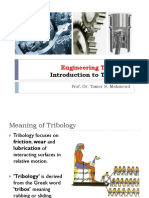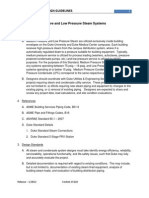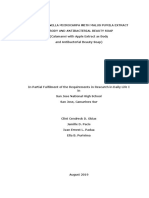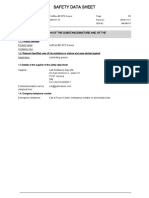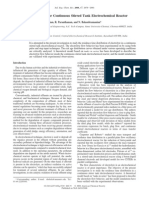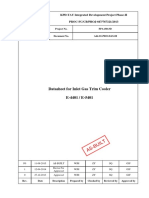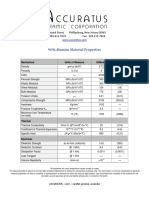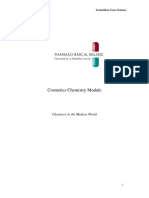0% found this document useful (0 votes)
549 views23 pages8 - Solidification of Weld Metal
This document discusses the solidification of weld metal during welding. It describes how solidification can occur through either nucleation and growth or direct growth depending on the composition of the filler metal relative to the base metal. The modes of solidification, including planar, cellular, dendritic and equiaxed, depend on the temperature gradient and growth rate at the solid-liquid interface. Various methods for controlling the solidification structure are also presented, such as inoculation, arc pulsation, mechanical vibrations, and adjusting welding parameters.
Uploaded by
bassemCopyright
© © All Rights Reserved
We take content rights seriously. If you suspect this is your content, claim it here.
Available Formats
Download as PDF, TXT or read online on Scribd
0% found this document useful (0 votes)
549 views23 pages8 - Solidification of Weld Metal
This document discusses the solidification of weld metal during welding. It describes how solidification can occur through either nucleation and growth or direct growth depending on the composition of the filler metal relative to the base metal. The modes of solidification, including planar, cellular, dendritic and equiaxed, depend on the temperature gradient and growth rate at the solid-liquid interface. Various methods for controlling the solidification structure are also presented, such as inoculation, arc pulsation, mechanical vibrations, and adjusting welding parameters.
Uploaded by
bassemCopyright
© © All Rights Reserved
We take content rights seriously. If you suspect this is your content, claim it here.
Available Formats
Download as PDF, TXT or read online on Scribd
/ 23







